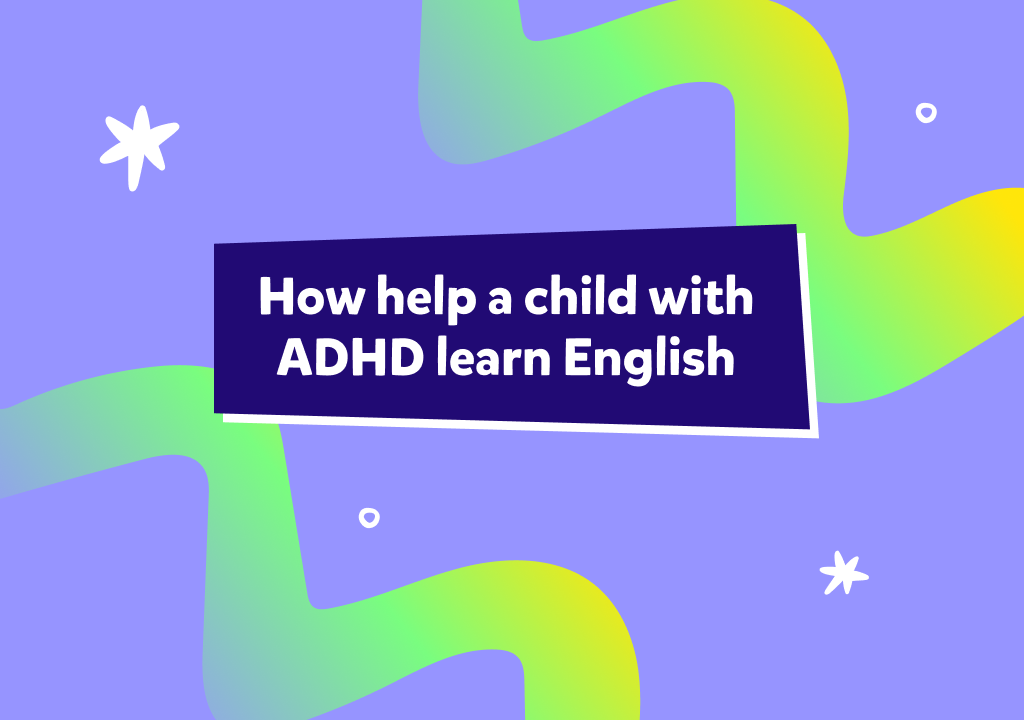- The Best Way to Learn Grammar
- How to Learn Grammar in English
- Top Grammar Exercises
This guide covers the best exercises and shortcuts for learning grammar easily and effectively.
Learning English grammar can seem tough at first, but it’s one of the most important steps in becoming confident in the language. Think of grammar as the rules that help you put words together so people can understand what you’re saying. Without it, even the best vocabulary won’t do much if your sentences are hard to follow.
The good news? The more you practice, the easier it gets. If you are still stressed about figuring out the best way to learn English grammar, don’t panic. From understanding how to make sentences flow to getting the tenses just right, we’ve got you covered.
The goal of these exercises isn’t just to memorize rules, but to help you understand how they work in real conversations and writing. It’ll be a lot easier to express yourself without worrying about making mistakes.
The Best Way to Learn Grammar
Grammar might sound complicated at first, but it’s really just the rules that help us put words together correctly. These rules tell us how to form sentences, use verbs, and make sure people understand what we’re saying. Some of the basic grammar parts include nouns (people, places, or things), verbs (actions), and adjectives (words that describe things). Once you understand these simple pieces, it becomes easier to create sentences that make sense.
Having a strong understanding of these basics is really important when learning English. When you know how sentences are built, it’s easier to speak and write clearly. Once you know the basics, you can move on to more difficult topics like verb tenses and sentence structures. But don’t worry — with practice, everything will start to come together. The key is to go step by step and build your knowledge little by little.

How to Learn Grammar in English
When it comes to learning grammar in English, the best way is to use simple strategies that work for you. First, it’s important to practice regularly. The more you work with grammar, the more it will stick in your mind.
You can also make grammar practice a part of your daily routine. For example, you could practice a few sentences each day, watch English videos with subtitles, or even try reading short texts and paying attention to how sentences are formed.
How to Learn Grammar Easily
To learn grammar easily, use structured exercises and resources that break down the rules step by step in a way that’s easy to understand. Resources like grammar books, online courses, and language apps can help guide you through different grammar topics. The key is to focus on understanding the grammar rules in context.
For example, instead of only studying grammar charts, try using the grammar in actual sentences. This helps you see how the rules fit into real-life situations.
Top Grammar Exercises
So now that you know how English helps you make big moves in your English language learning marathon, how can you learn these skills? Some of the best ways to learn English grammar are listed below, according to trusted English experts at Novakid.
Exercise 1: Sentence Structure and Syntax
Sentence structure refers to how words are arranged to form clear sentences. Syntax is the set of rules that governs how sentences are put together. A well-structured sentence follows a pattern, typically subject-verb-object (SVO), such as “I (subject) eat (verb) pizza (object).”
Exercise 2: Parts of Speech
In English, words are categorized into parts of speech. These categories include nouns (people, places, things), verbs (actions), adjectives (descriptions), adverbs (modify verbs or adjectives), pronouns (he, she, it), and more. Knowing how to use each part of speech correctly helps you form clear and complete sentences. For example, in the sentence “The quick brown fox jumps over the lazy dog,” you can label “fox” as a noun, “jumps” as a verb, “quick” as an adjective, and so on.
Exercise 3: Tenses and Verb Forms
Verb tenses tell us when an action takes place. There are three main tenses: present (action happening now), past (action that already happened), and future (action that will happen). Each tense has different forms, such as present simple (“I eat”), past simple (“I ate”), and future simple (“I will eat”). To practice tenses, start by writing simple sentences in each tense.
Exercise 4: Punctuation and Sentence Mechanics
Punctuation marks, like periods, commas, and question marks, help organize a sentence and make it easier to read. For example, a comma can change the meaning of a sentence: “Let’s eat, Grandma!” vs. “Let’s eat Grandma!” The first sentence invites Grandma to eat, while the second one suggests eating Grandma herself!
Exercise 5: Common Grammar Mistakes
English learners often make common mistakes, such as confusing “its” and “it’s,” using the wrong verb tense, or forgetting to match subject and verb.To practice correcting grammar mistakes, you can review common errors in sample sentences and fix them. For example, change “She don’t like coffee” to “She doesn’t like coffee.”
Best Practices for Learning Grammar Fast
If you want to learn grammar in English fast, one helpful tip is to use English as much as you can every day. The more you hear and see English in movies, songs, or by talking with others, the faster you’ll learn grammar! Also, using apps, videos, and interactive exercises can make learning grammar more fun and easier, thanks to technology. Another great tip is to ask teachers or language partners for feedback. They can point out things you might be missing and help you improve. With regular practice and these tips, you’ll start mastering grammar in no time!






































